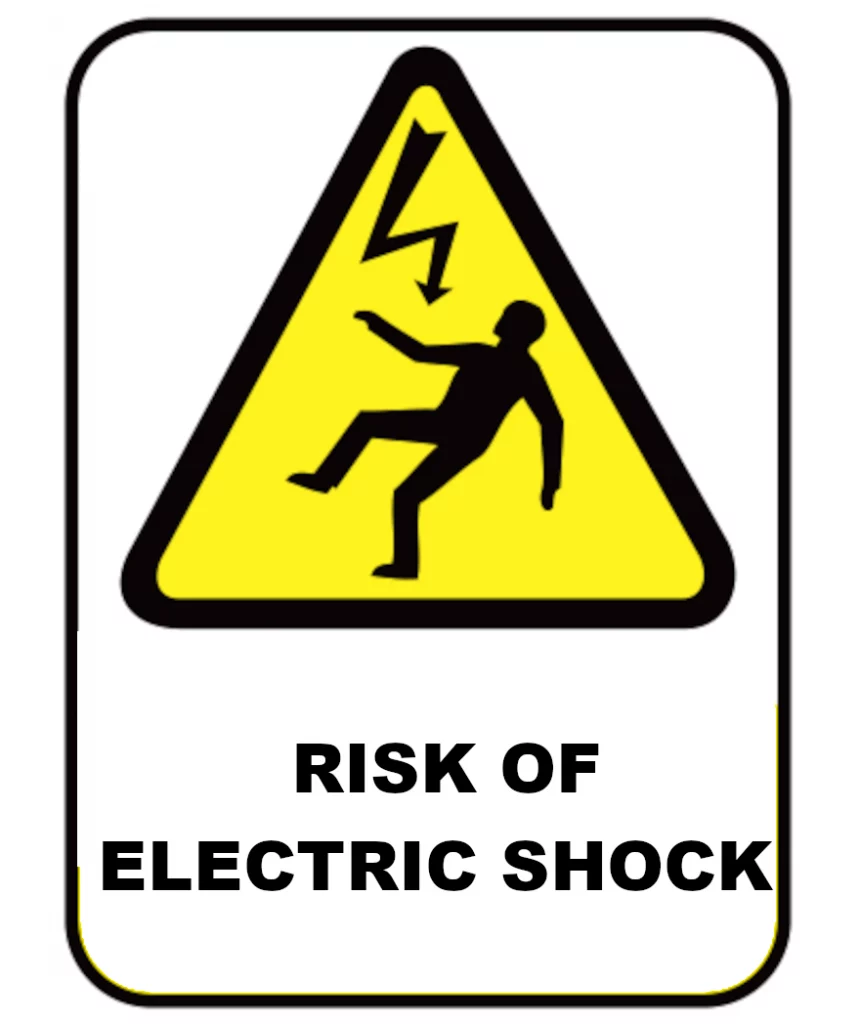Potential Hazards
Step potential is the voltage difference between the feet of a person near an energized, grounded object. A person on the ground is subjected to the risk of injury during an electrical fault simply by attempting to move toward or away from the grounding point.
Touch potential is the voltage between the energized grounded object (electrode) and the feet of a person in contact with the object. Touch potential is equal to the difference in voltage between the electrode and a point some distance away from the electrode (where the point represents the location of the feet of the person in contact with the object). The touch potential could be nearly the full voltage across the grounded object if that object is grounded at a point remote from the place where the person is in contact with it.
Downed Power Line Hazards
Step and touch potential is a phenomena that a person could be electrocuted or suffer an electric shock injury from a downed power line, even if they have not actually touch it. You could be injured by stepping into the power line's electrical current or by touching an electrified object.
Most people think you have to touch a downed power line to suffer electrical shock injury or an electrocution, but the reality is that the ripple effect of the downed power line’s electrical current poses an extreme danger to anyone in the area.
In fact, just being within up to 10 meters of a downed power line can cause you to be electrocuted. This is the reason why so many first responders and family members are injured when they try to help people who have been injured in downed power line incidents.
Safety in Design
Step and touch potential hazards can be mitigated by safety in design. IEEE Std. 80 provides the guidelines on how to mitigate step and touch potential hazards during the design stage. The calculated step and touch potential of a power substation should be less than the allowable recommended values in the IEEE Std 80. A worksheet has been formulated to simplify the tedious process of calculating these parameters. The worksheet could be download here.
